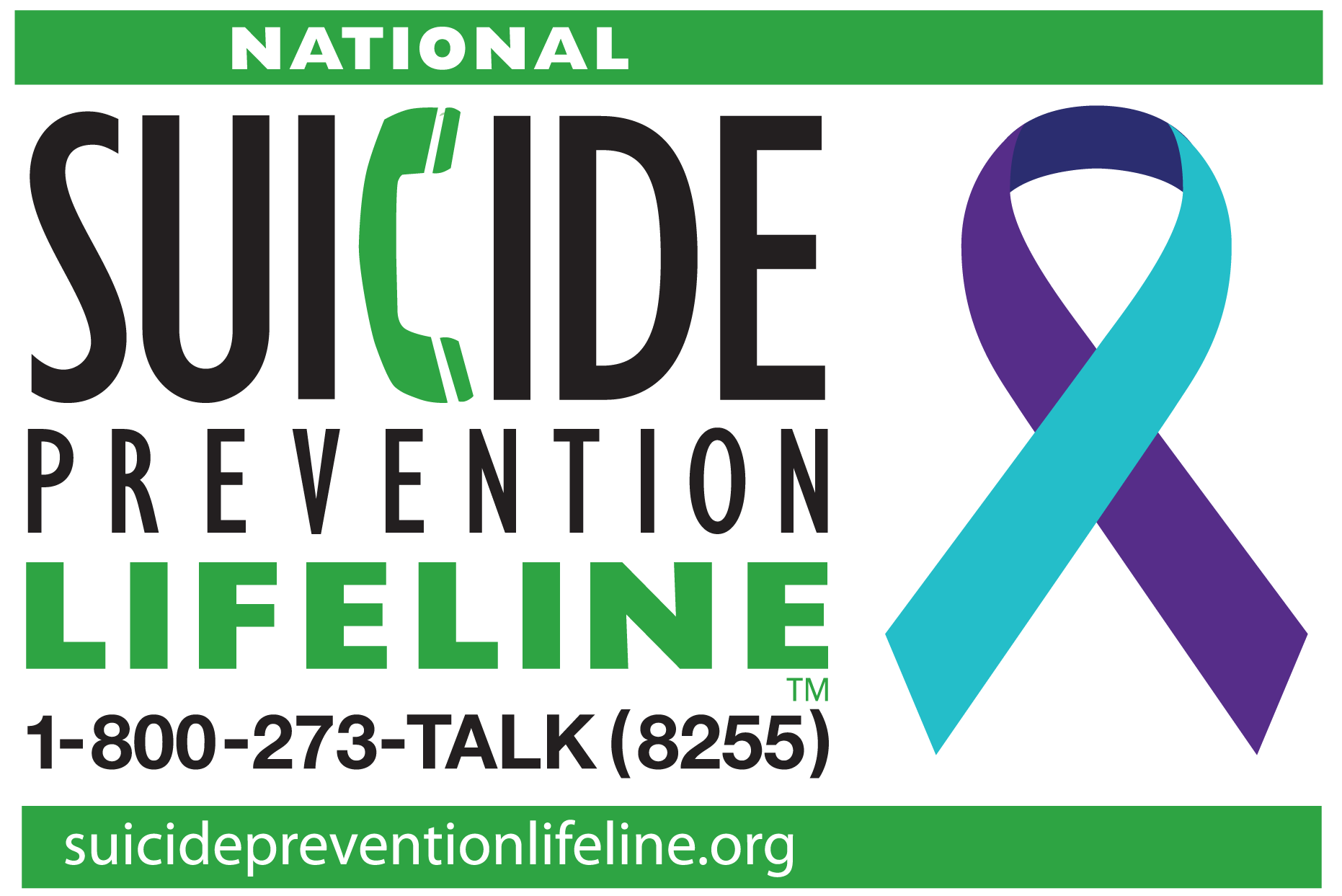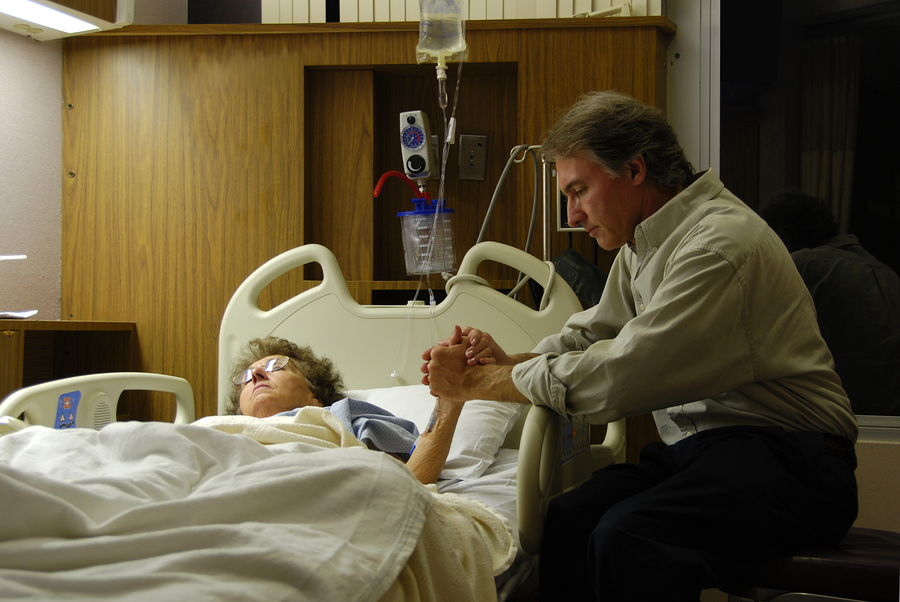CDC Releases More Faulty Research About Opioids
/By Pat Anson, Editor
A new study by researchers at the Centers for Disease Control and Prevention estimates that opioid overdoses have shaved two and a half months off the average life span of Americans – a somewhat misleading claim because the study does not distinguish between legally obtained prescription opioids and illegal opioids like heroin and illicit fentanyl.
The research letter, published in the medical journal JAMA, looked at the leading causes of death in the U.S. from 2000 to 2015. Overall life expectancy rose during that period, from 76.8 years in 2000 to 78.8 years in 2015, largely due a decline in deaths from heart disease, cancer, stroke, diabetes and other chronic health conditions.
But deaths due to Alzheimer’s disease, suicide, liver disease, drug poisoning and opioid overdoses rose, collectively causing a loss of 0.33 years in life expectancy – most of it due to opioids.
“This loss, mostly related to opioids, was similar in magnitude to losses from all the leading causes of death with increasing death rates,” wrote lead author Deborah Dowell, MD, of the CDC’s National Center for Injury Prevention and Control.
“U.S. life expectancy decreased from 2014 to 2015 and is now lower than in most high-income countries, with this gap projected to increase. These findings suggest that preventing opioid related poisoning deaths will be important to achieving more robust increases in life expectancy once again.”
Dowell was also one of the lead authors of the CDC’s 2016 opioid prescribing guidelines, which discourage physicians from prescribing opioids for chronic pain. She and her two co-authors in the JAMA study -- both of them CDC statisticians -- do not explain why they failed to distinguish between black market opioids and legal prescription opioids, a dubious use of statistics akin to lumping arsonists in the same category as smokers or Boy Scouts learning to build campfires.
They also fail to even mention the scourge of heroin and illicit fentanyl sweeping the country, which now accounts for the majority of opioid overdoses in several states.
But Dowell and her co-authors don't stop there. The say the actual number of deaths caused by opioids is “likely an underestimate” because information on death certificates is often incomplete and fails to note the specific drug involved in as many as 25% of overdose deaths. This is another disingenuous claim, because it fails to explain why the data on the other 75% of overdoses is faulty too.
Epidemic of Despair
Other researchers have also tried to explain the disturbing decline in American life expectancy – which began over adecade ago for middle-aged white Americans. Princeton researchers Anne Case and Angus Deaton were the first to document that trend, when they estimated that nearly half a million white Americans may have died early because of depression, chronic pain, suicide, alcohol and drug abuse, and other health problems – an epidemic of despair linked to unemployment, poor finances, lack of education, divorce and loss of social connections.
The evidence was right there for Deborah Dowell and her co-authors had they looked for it. The JAMA study found that over 44,000 Americans committed suicide in 2015, a 66% increase from 2000, and over 40,000 died from chronic liver disease or cirrhosis, another 66% increase. Opioid overdoses during that same period rose to 33,000 deaths.
Which is the bigger epidemic?
As PNN has reported, the CDC ignored early warnings from its own consultant that the agency’s opioid guidelines were being viewed as “strict law rather than a recommendation,” causing many doctors to stop prescribing opioid pain medication. Chronic pain patients also feel “slighted and shamed” by the guidelines, and are increasingly suicidal or turning to street drugs. We’ve also reported that the CDC has apparently done nothing to study the harms or even the possible benefits the guidelines have caused since they were released 18 months ago.
Instead of going back in time and selectively mining databases to fit preconceived notions about opioids, perhaps it is time for the CDC to take a giant step forward and see what its opioid guidelines have actually done.


























